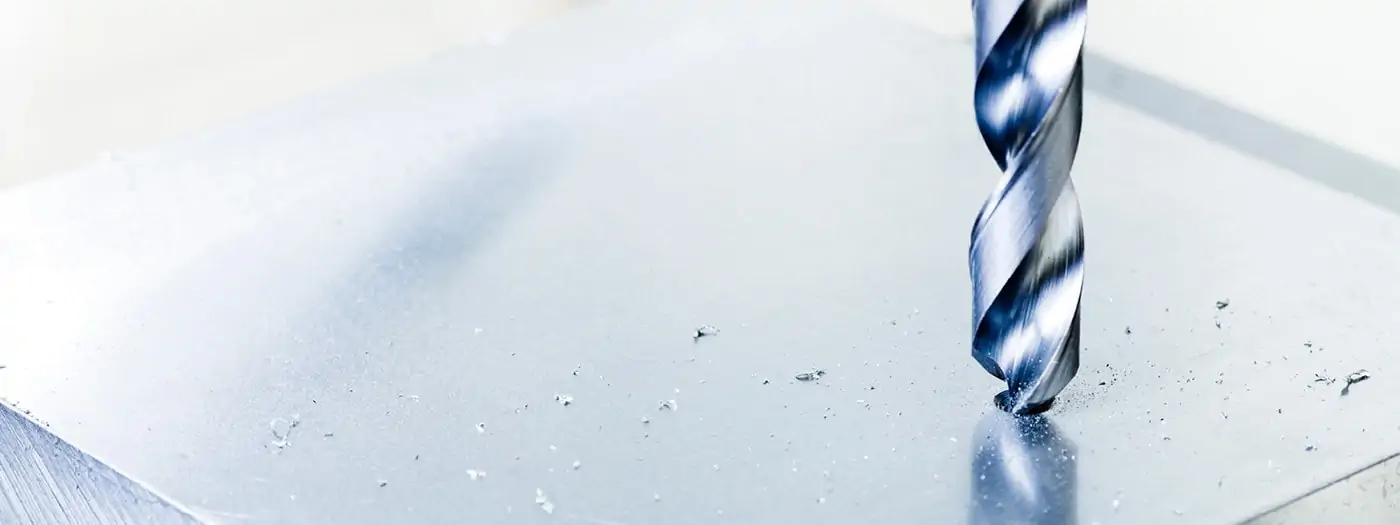- Joined
- Jan 31, 2016
- Messages
- 11,461
Center drills are made for the use of turning a shaft between centers with the small tip providing clearance for the center point . Hence the 60 degree angle . A spotting drill is a much more rigid tool vs. the CD . Pretty darn tough to break one if at all possible .



